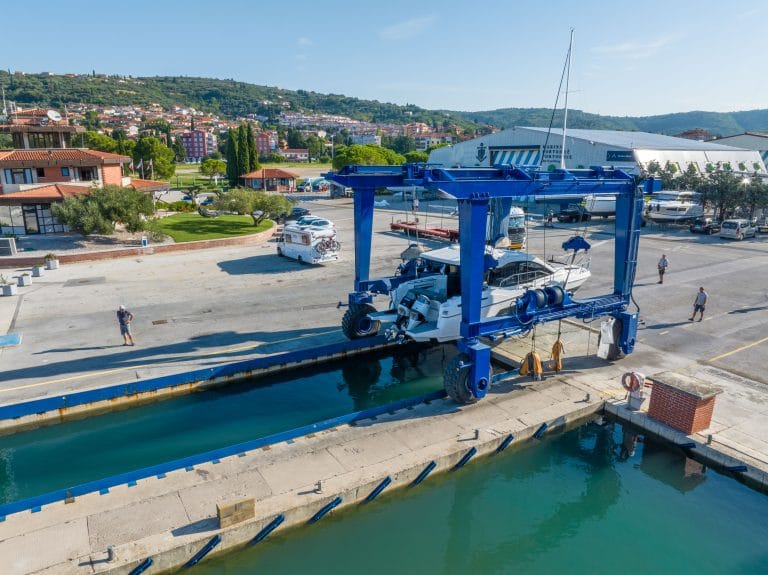Electrical infrastructure is the heart of comfort and safety in modern boats. Despite technological advances, problems with electrical systems remain among the most frequent causes of issues during sailing or even vessel failures. Knowing the most common faults and preventive measures is therefore not just a recommendation but a necessity for anyone wishing to keep their electrical system in perfect condition.
Most Common Electrical Infrastructure Problems on Boats
One of the biggest concerns is corroded connectors and contacts. If contact points are not regularly maintained, they quickly rust or oxidize, causing poor connections and even electrical system failure. Poor contact often leads to malfunctioning devices or unexpected outages. Additionally, corrosion can damage cables exposed to moisture and salt.

Another frequent problem is battery failures, related to improper maintenance, excessive discharge, or incorrect charging. Symptoms include reduced capacity, difficulty starting the engine, or sudden battery depletion.
Electrical systems also depend on the proper functioning of fuses, relays, and switches. Failure of these components can lead to overloads, short circuits, or even fires. Regular inspections and preventive maintenance are therefore crucial to avoid such damage.
How to Prevent Damage from Rust and Poor Contact?
Corrosion protection is one of the most important tasks in maintaining electrical infrastructure. Connectors should be regularly cleaned with a soft wire brush and protected with special greases or anti-oxidation products. Proper material selection is also vital; for instance, tinned wires are more resistant to salt and moisture.
Additionally, all electrical connections should be carefully installed and protected with adequate insulation or tubing to prevent moisture ingress.
Use quality chargers adapted to the battery type for charging and maintenance, and strictly follow recommended service intervals. If irregularities are noticed, it is better to act promptly than risk more serious damage.
Inspection and Maintenance of Key Electrical System Components
To ensure flawless operation, monitor the condition of fuses, relays, switches, and cables carefully. Regular checks allow timely detection of wear or damage. Immediate repair or replacement is necessary in case of faults.
Maintain batteries by charging them regularly during inactivity and storing them in dry places. According to battery manufacturers’ recommendations, regularly check electrolyte levels and voltage, and avoid complete discharges that shorten battery lifespan.
An important part of maintenance also includes checking the electrical windlass and other auxiliary devices, where mechanical failures often relate to electrical system issues.
Maintenance During the Winter Period
Winterizing boats poses a special challenge to electrical infrastructure. In cold and damp conditions, rust, failures, and moisture appear faster, so equipment winterization must be flawless.
Before storage, it is wise to disconnect batteries and store them in a dry, warm place while protecting all electrical connections. Protective coatings and special moisture protection products further reduce the risk of damage.
Regular ventilation of boat spaces housing electrical equipment prevents condensation—and thus rust and mold. Inspecting the electrical wiring condition with professional help adds extra protection against unexpected failures after the winter season.
Practical Tips for Long-Lasting Electrical Infrastructure Maintenance
The key is making maintenance a regular routine. Regularly check the condition of connectors, do not hesitate to buy quality protective products, and use original parts for replacements. Keeping records of maintenance work is also recommended.
If you are not an electrical expert, it is advisable to hire an authorized boat service. Experts at Marina Portorož will thoroughly assess the electrical infrastructure condition on your boat, perform necessary inspections and repairs, and alert you to any hidden faults that could affect safety or operation.
For appointment booking or further information, please contact us by phone at +386 5 676 12 24 or by email at servis@marinap.si.
With proper maintenance of your electrical infrastructure, you can ensure that your vessel is reliable, safe, and ready for all challenges at sea. Don’t let unexpected faults surprise you—invest in regular care and protection of your electrical equipment and enjoy worry-free sailing all year round.



